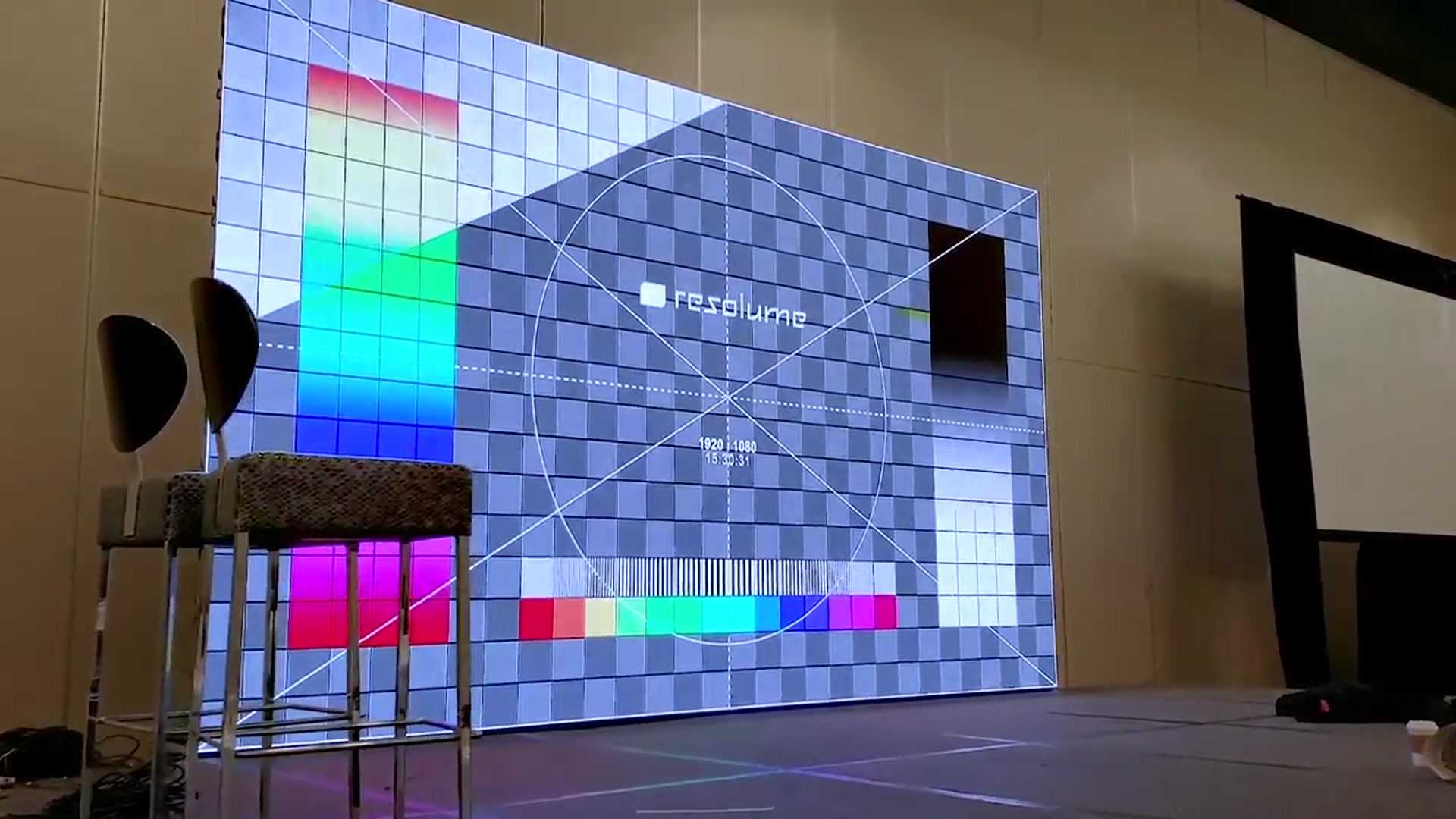LED wall panels have secured traction for their capacity to deliver crisp visuals in multiple settings, from professional environments to entertainment venues. One of the most significant aspects of these panels is their connectivity options, which allow users to connect them to multiple devices and systems. Understanding the diverse connectivity options supported for Light Emitting Diode wall panels is vital for enhancing their use and effectiveness. This discussion details these features, highlighting how they can cater to various needs and preferences.

One common interface method for LED wall panels is High-Definition Multimedia Interface. HDMI is broadly known for transmitting high-quality video and audio streams between devices. This connection type is especially beneficial in commercial settings, such as meeting spaces or classrooms, where presentations or video content are often displayed. By using digital connectors, users can easily connect laptops, projectors, and streaming equipment to LED wall panels, ensuring a sharp and dynamic display of information.
Another commonly used interface option is DisplayPort, which is comparable to High-Definition Multimedia Interface but offers additional benefits. Display Port can support higher refresh rates and resolutions, making it an ideal choice for interactive media or design-heavy applications. For those using LED wall panels in settings where output quality is essential, such as esports arenas or design studios, Display Port can provide the required visual clarity. Moreover, many contemporary computers and graphics cards include Display Port connections, making it a convenient option for technology-oriented professionals.
In contrast to HDMI and Display Port, cordless connectivity methods are becoming increasingly common in Light Emitting Diode wall panel solutions. Cable-free connections allow users to transmit content without the need for physical cables, promoting a cleaner and more adaptable setup. Technologies such as wireless internet and short-range communication enable users to connect smartphones, tablets, and laptops directly to LED wall panels without cumbersome wires. This versatility is try here especially advantageous in dynamic environments like trade shows or events, where quick adjustments to displays are often required.
For extensive deployments or more intricate setups, LAN integration through Ethernet is another viable option. Ethernet connections provide a consistent and robust way to integrate multiple Light Emitting Diode wall panels within a system. This approach is suitable for digital signage use cases found in retail centers or transport hubs, where multiple panels may need to display synchronized content across a wide area. By using Ethernet cables and network switches, users can guarantee that all linked panels receive consistent data and content efficiently.
Finally, it's crucial to evaluate the evolution of interface technology with advancements such as Universal Serial Bus-C and Thunderbolt Three. These newer connection types offer enhanced data transfer rates and flexibility by allowing one connector to handle both energy transfer and data exchange. As more systems incorporate these protocols, Light Emitting Diode wall panels equipped with Type-C ports will likely become more prevalent. This shift in connectivity not only enhances the functionality of LED wall panels but also coincides with the emerging trend of minimalistic design in hardware arrangements by reducing the number of cables needed.
In summary, examining the broad interface methods accessible for Light Emitting Diode wall panels uncovers many opportunities for users across multiple industries. From traditional approaches like High-Definition Multimedia Interface and DisplayPort to contemporary cordless technologies and network connections, each pathway serves unique purposes tailored to distinct needs. Additionally, emerging technologies like Universal Serial Bus-C offer further developments in how professionals utilize LED wall panels. By grasping these integration choices, end-users can white led wall panel light make strategic decisions that optimize their overall engagement with these multifunctional visual solutions.
Comments on “Exploring the Diverse Integration Options Available for Light Emitting Diode Wall Modules”